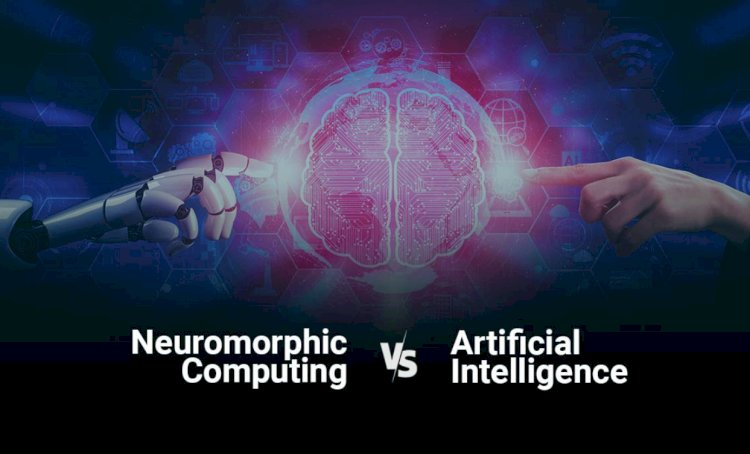Neuromorphic Computing vs. Artificial Intelligence: A Comparative Insight

Neuromorphic computing and artificial intelligence (AI) represent two innovative approaches in the realm of advanced computing, each with distinct methodologies and applications. Neuromorphic computing aims to mimic the neural architecture and functioning of the human brain, using specialized hardware to process information in a more efficient and brain-like manner. This approach promises significant advancements in energy efficiency and real-time processing for sensory and cognitive tasks. In contrast, AI leverages algorithms and machine learning models to perform tasks typically requiring human intelligence, such as image recognition, language processing, and decision-making. While AI focuses on high-level cognitive functions using traditional computing frameworks, neuromorphic computing seeks to revolutionize the underlying hardware to achieve more natural and efficient processing. Together, these technologies hold the potential to transform various industries by complementing each other's strengths and addressing their respective limitations.


















